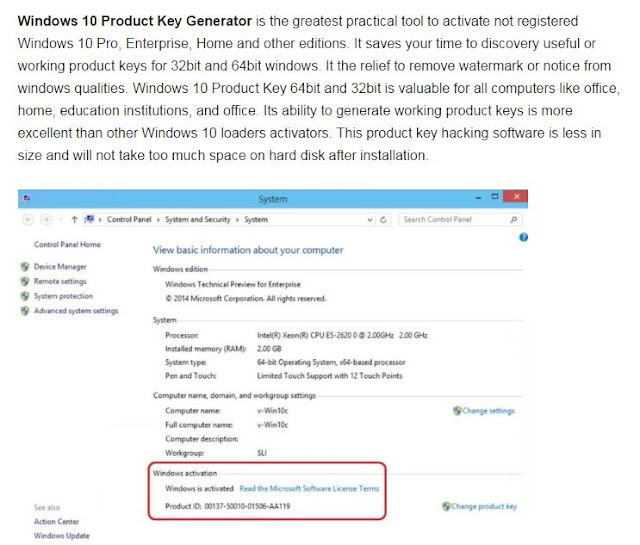Microsoft- Operating System Version
The Version API Helper functions are used to determine the version of the operating system that is currently running. For more information, see Getting the System Version. The following table summarizes the most recent operating system version numbers. Operating system Version number Windows 10 10.0* Windows Server 2016 10.0* Windows 8.1 6.3* Windows Server 2012 R2 6.3* Windows 8 6.2 Windows Server 2012 6.2 Windows 7 6.1 Windows Server 2008 R2 6.1 Windows Server 2008 6.0 Windows Vista 6.0 Windows Server 2003 R2 5.2 Windows Server 2003 5.2 Windows XP 64-Bit Edition 5.2 Windows XP 5.1 Windows 2000 5.0 * For applications that have been manifested for Windows 8.1 or Windows 10. Applications not manifested for Windows 8.1 or Windows 10 will return the Windows 8 OS version value (6.2). To manifest your applications for Windows 8.1...




Comments
Post a Comment